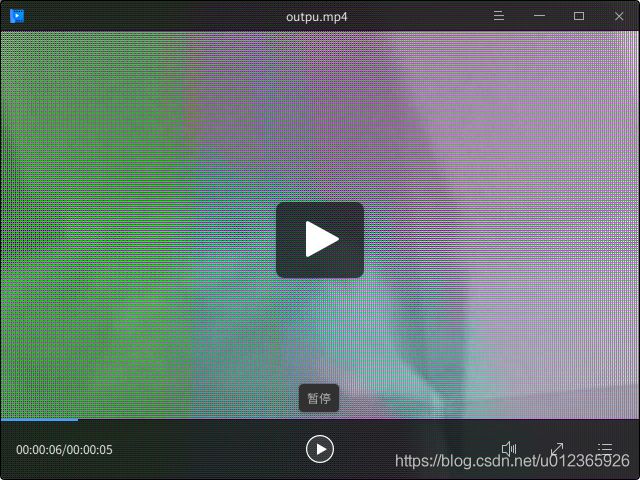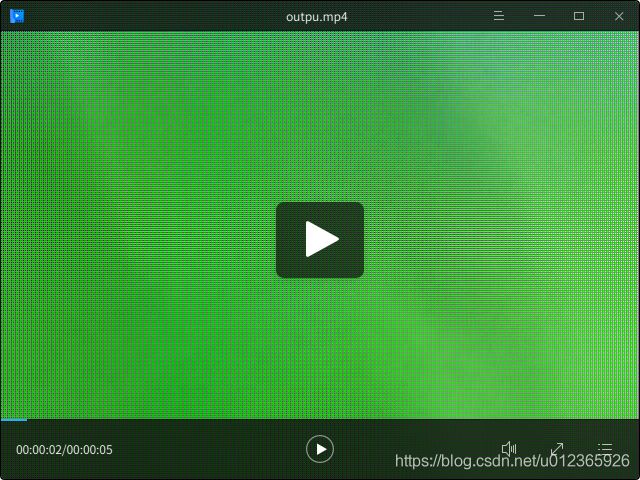V4L2采集视频
/**
* 1. 打开设备
* 2. 获取设备能力
* 3. 设置视频格式
* 4. 进行内核空间和用户空间的内存映射
* 5. 开启视频流
* 6. 获取视频流
* 7. 关闭视频流
* 8. 取消映射
* 9. 关闭设备
*
*
*
*/
#include 为啥我采集处理的视频,那么多的彩色呢?发愁人啊。
ffmpeg -video_size 640*480 -pixel_format yuv422p -framerate 10 -i my.yuv -vcodec h264 outpu.mp4
使用ffmpeg 将分辨率为640*480的yuv422p,10帧的视频编码压缩为mp4
推荐阅读:v4l2的学习建议和流程解析


